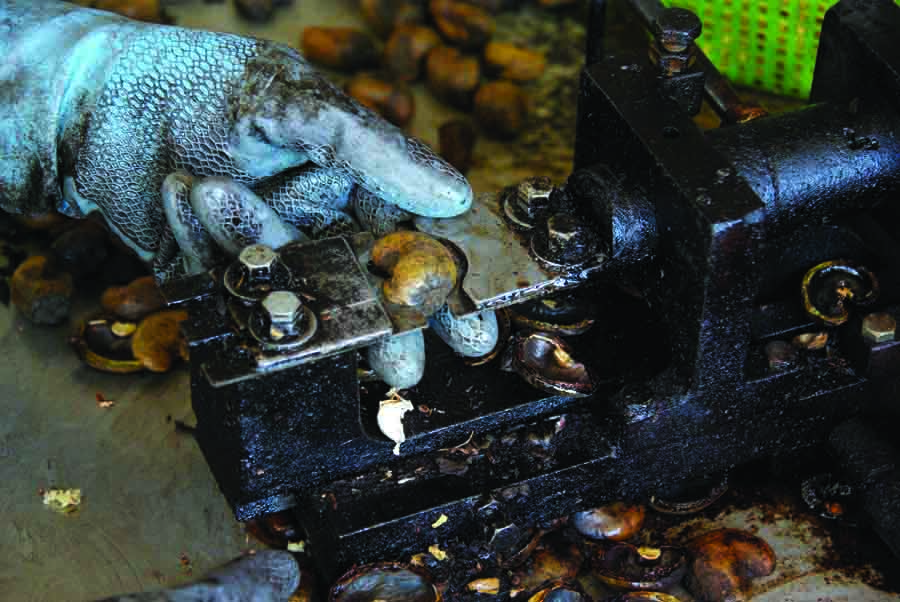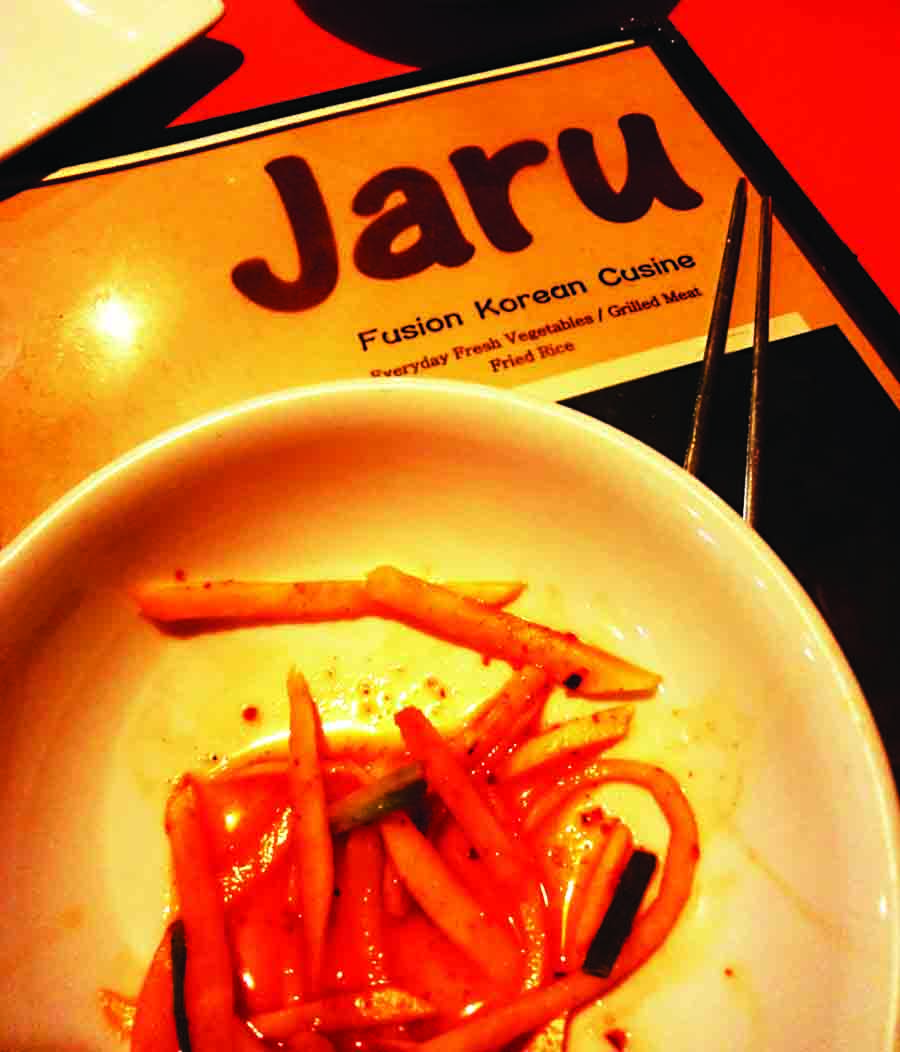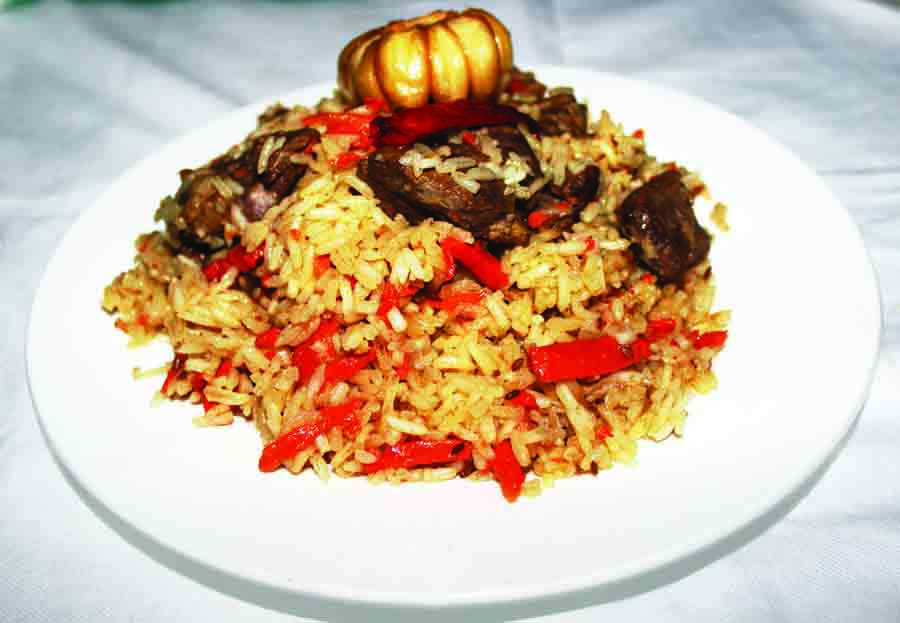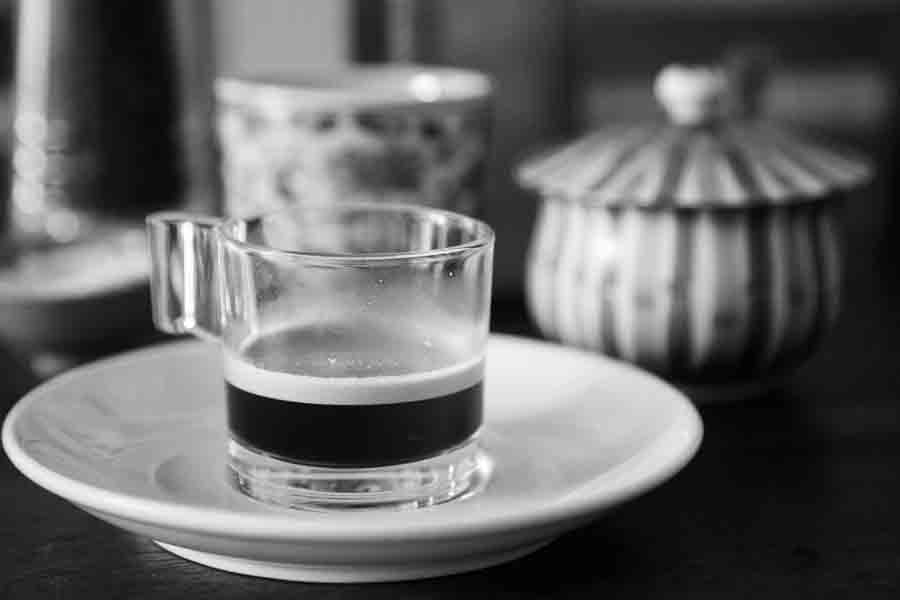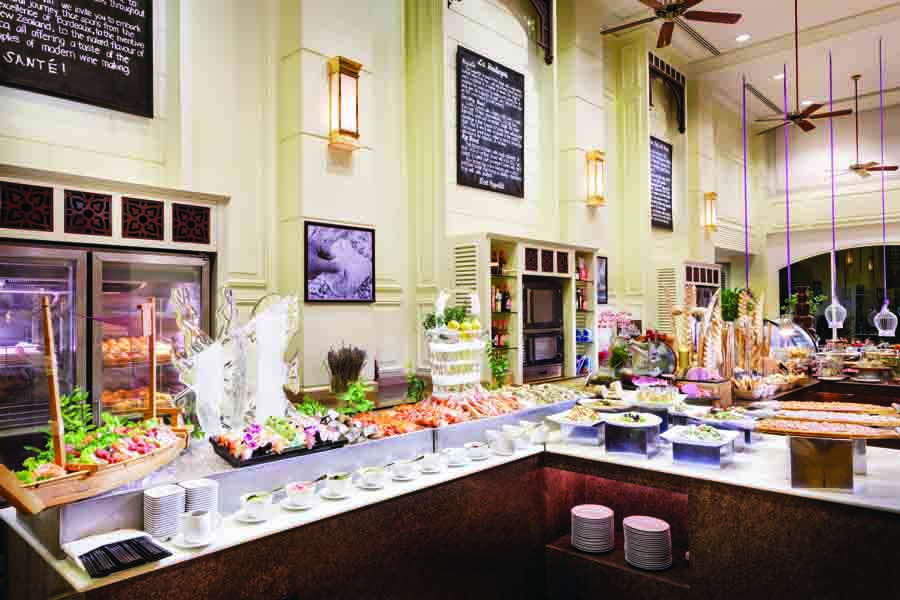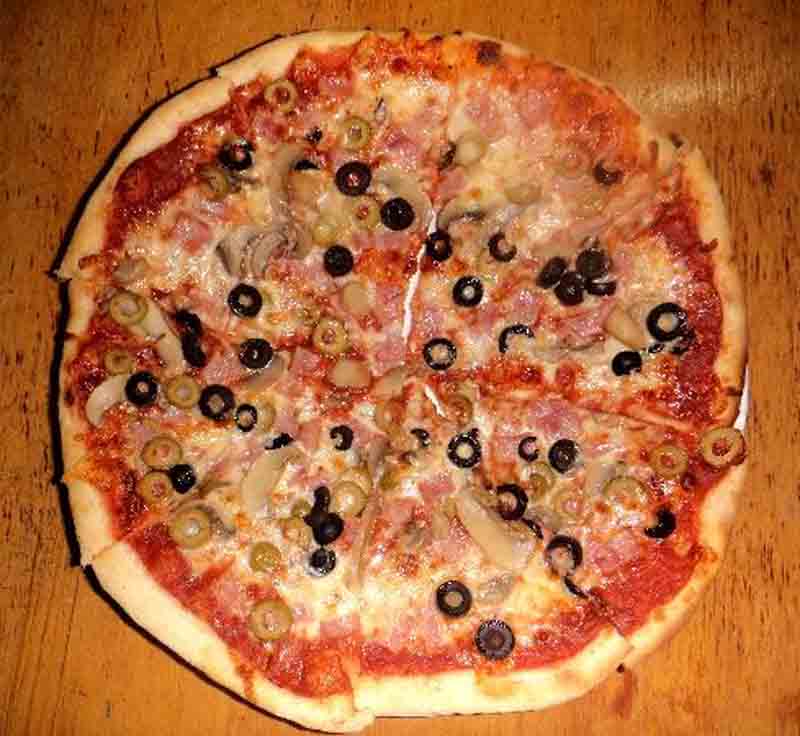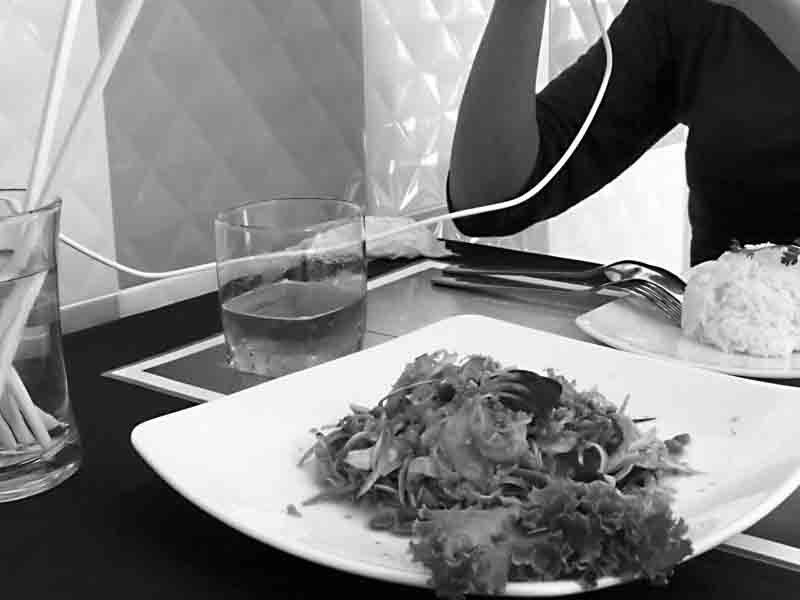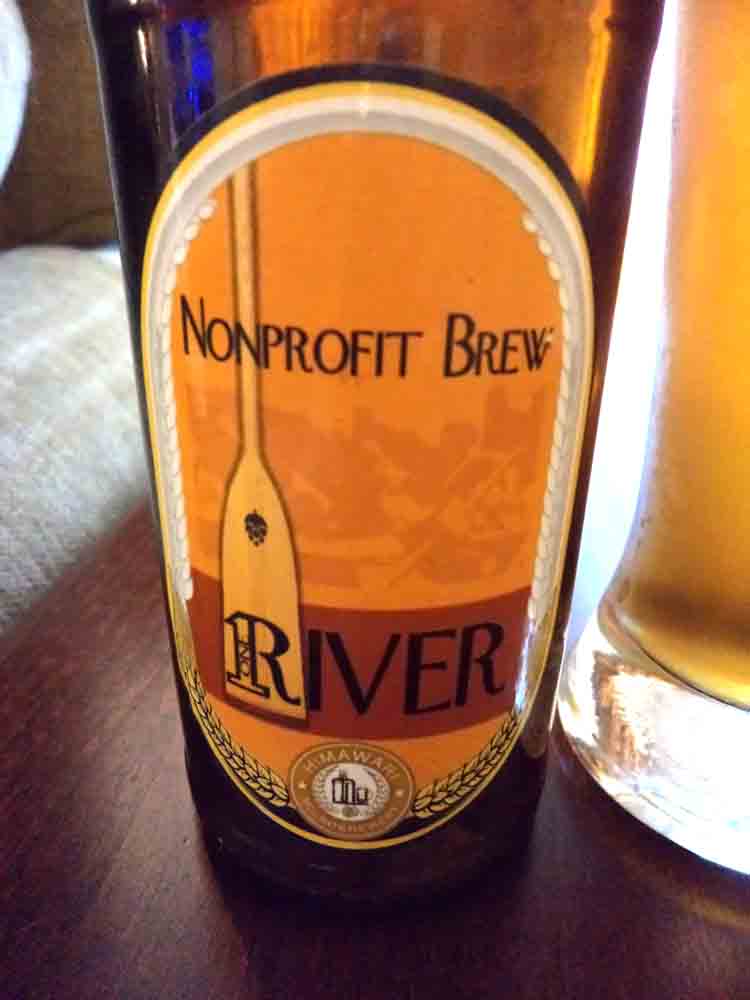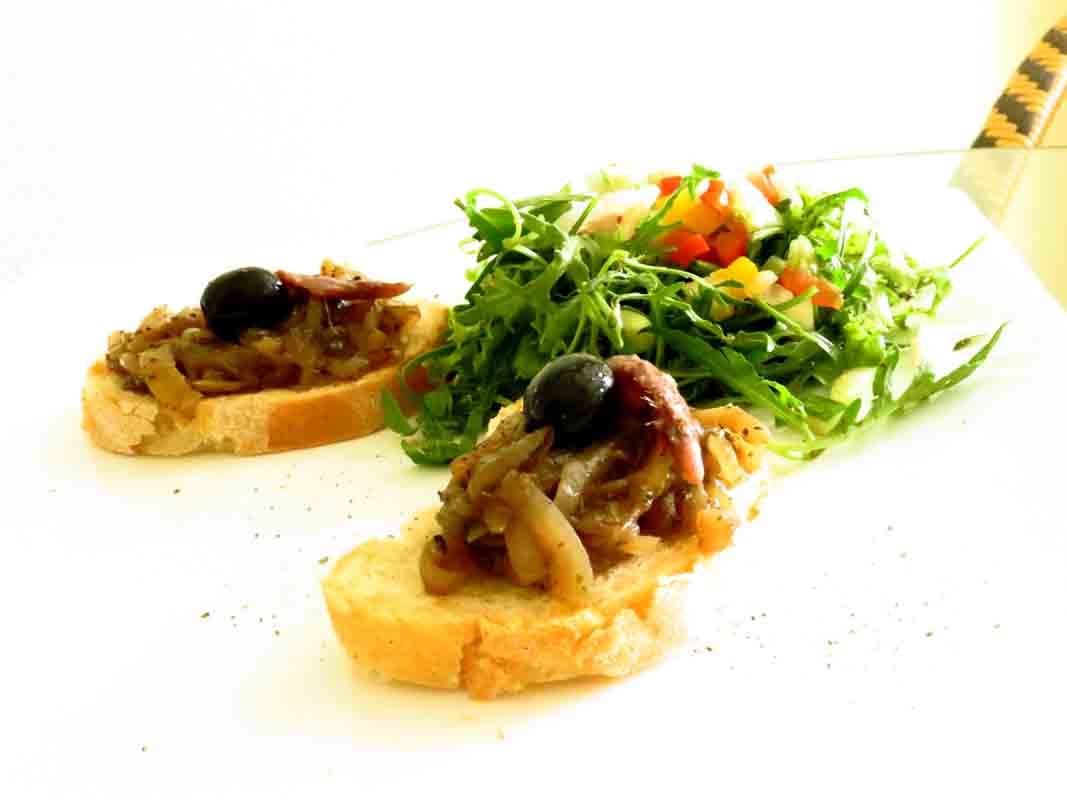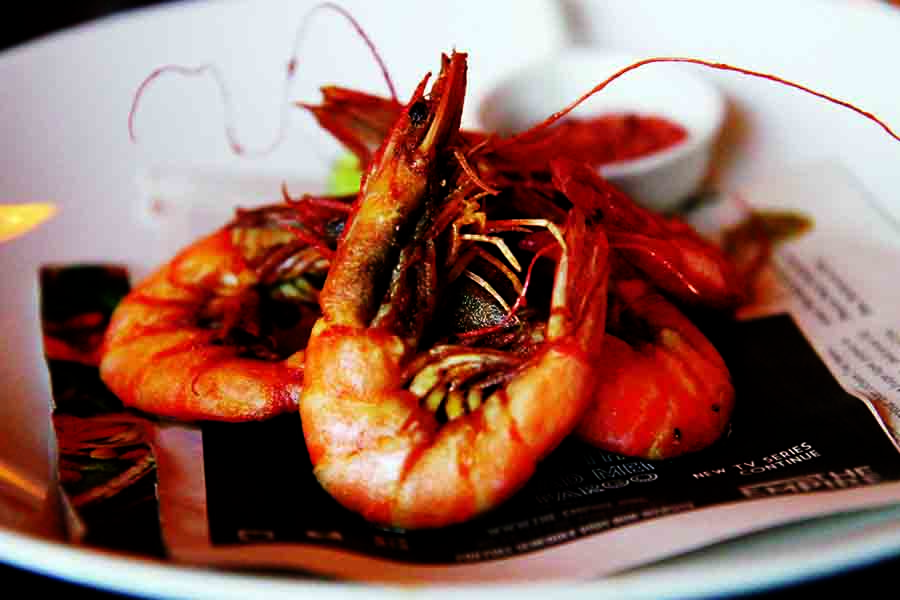Photography is rarely so delicious – or healthy. In a new food and photo series at Artillery Cafe, photographer Michael Wild documents the process of organic cashew farming. It’s an all-you-ever-wanted-to-know-about-cashews-but-were-too-busy-eating-to-ask kind of multi-sensual affair. In addition to the images, the exhibit includes nut samples and a wickedly delicious short menu of cashew-inspired recipes (raw organic cheesecake and key lime pie, to name but two).
Wild’s show is the first of a multi-part installation entitled Meet The Makers, a see-and-taste series designed to introduce eaters to the origins of local organic food. “We believe that when you know where your food comes from it tastes better,” says Brittany Sims, managing director and owner of Artillery Cafe.
The nuts and images come from a facility operated by Mekong Rain, an organic grower in Kampong Thom. Cashews are big business. Growers and middlemen export some 100,000 tons to Vietnam annually, and Vietnamese buyers in tattered clothes and flip-flops are known to carry armfuls of cash in several denominations, ready to snatch up any loose nut.
But cashews are also poisonous and cracking one is no simple job. “It’s rather nasty,” says Mekong Rain CEO Andrew McNaughton. When cracked open, cashews release an allergenic resin that irritates the skin and eyes and is toxic if swallowed. “You can’t do it at home. It has to be done industrially.”
As Wild’s photos illustrate, workers wearing industrial-strength latex gloves open cashews using a hand-operated cracking machine. The nut inside, while technically edible at this point, remains covered with a mildly caustic reddish-brown skin that burns the lips and leaves a slightly bitter aftertaste. While cashews are almost never sold or eaten this way, McNaughton and a few other die-hard fans argue that, stinging sensations aside, cashews are at their most delicious at this stage of the process.
Anyone who has tasted the organic ‘cheesecake’ at Artillery, however, is unlikely to arrive at the same conclusion. Made from a narrow handful of ingredients – almonds, dates, cashews and, depending on the cake, some flavourings – the cheesecake is every bit as rich and creamy as anything made from real dairy. “Cashew nuts are naturally high in healthy fats,” Sims says. “They make a great creamy base when you aren’t using traditionally creamy ingredients like milk and cheese, cream or yoghurt.”
The cake crust is formed from a course meal of almonds and dried dates, the ‘cream cheese’ little more than a thick, creamy milkshake of cashew butter with dates added for sweetness.
The butter turns firm when chilled, with a look and texture nearly identical to real cheesecake. The cold smoothness of the butter contrasts with the rough, nutty crust. The dates give a naturally measured taste of guilty sweetness. And the whole thing seems almost magical considering its list of ingredients.
Other cashew dishes include a raw key lime pie, a passionfruit cheesecake made with an almond crust, raw pizza made with Vegan cheese. There’s trail mix made with raisins and dried goji berries and just plain ol’ cashews available as well. But don’t let the healthy labels put you off. Most of the food is so delicious that you’d swear it must be bad for you.
WHO: Artillery, Michael Wild & Mekong Rain
WHAT: Meet The Makers, a see-and-taste photography and food series
WHERE: Artillery Cafe, Street 240½
WHEN: Until August 31
WHY: Food tastes better when you know where it comes from
